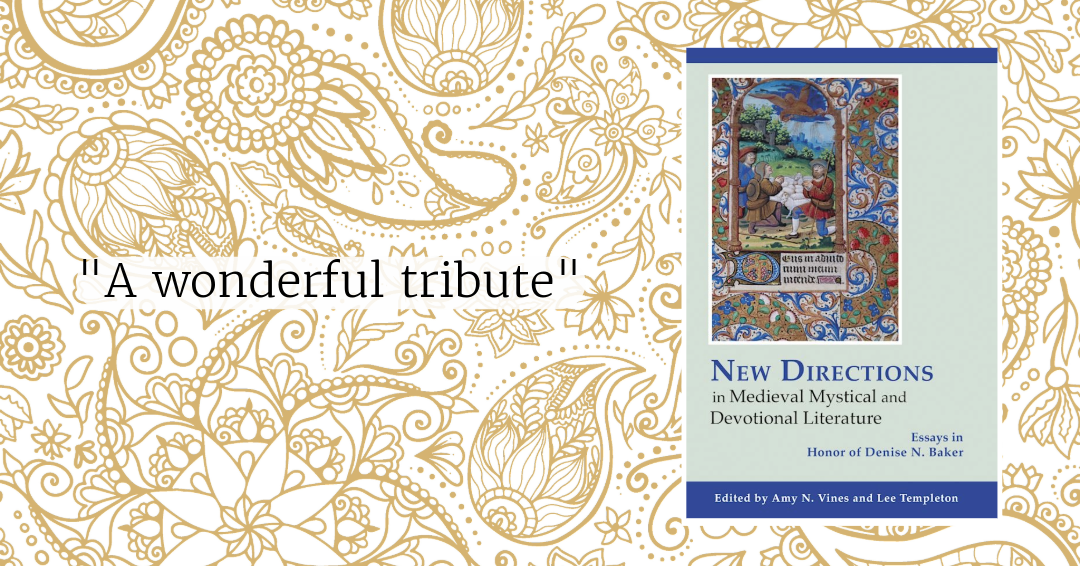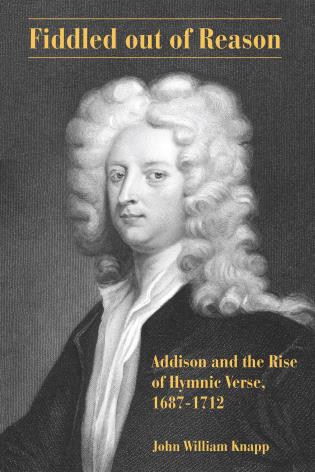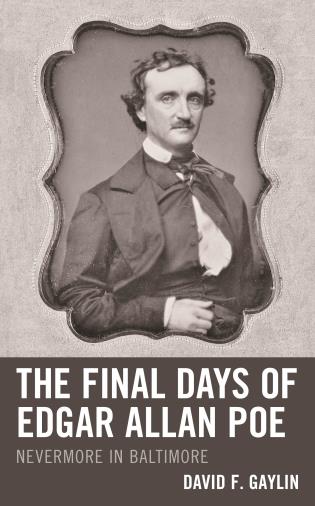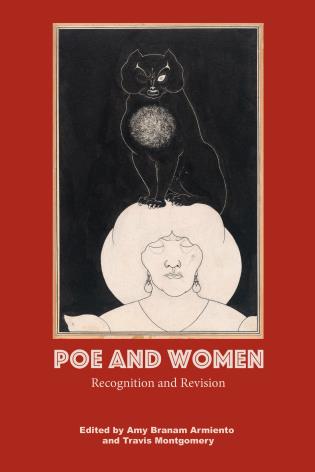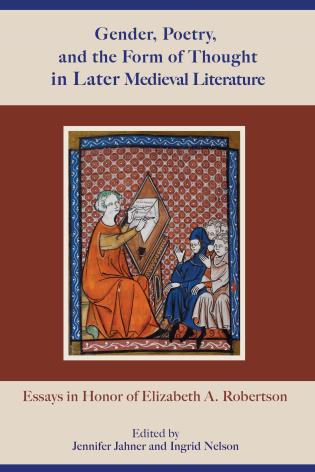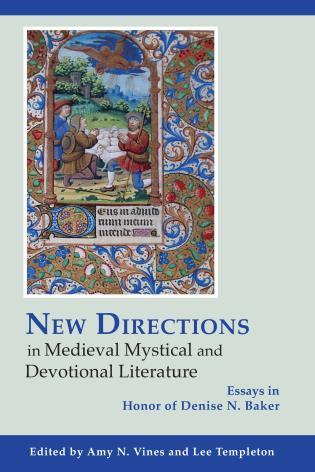The Miniature Body of the Doll as Subject and Object
This study takes a look at the problematic role played by the handmade doubles, the three-dimensional, physical figures such as dolls and puppets that fictional characters and craftsmen create in their own images.
Author Kitti Carriker maintains that, especially when created in miniature, dolls seem to appeal to the reader's fascination with, and fear of, images made in human likeness. Viewing the doll, the robot, and the miniature as manifestations of Freud's notion of The Uncanny; Lacan's discourse of the Other; Julia Kristeva's concept of The Abject; and Susan Stewart's juxtaposition of The Miniature and The Gigantic provides a way to explore the psychological implications of their creation and the extent and limitations of the power they hold―if indeed any—over the human beings who have served as their models and creators.
The motif of the man-made double can be traced through several centuries of literature, and this study looks primarily at British fiction and poetry from the latter half of the eighteenth century to the present. Where pertinent, Carriker also examines examples drawn from the American literature and Continental fiction of the same period.
The complicated relationship these figures share with their creators combines the themes of the double, the doll, and the miniature. In Mary Shelley's Frankenstein and the short fiction of E. T. A. Hoffman, the literary automaton is seen as a manifestation of the created Other whom the subject attempts to erase from existence. In "The Dolls" by Yeats and "The Captain's Doll" by D. H. Lawrence, the doll is viewed as material icon and symbolic counterpart of the semiotic subject. In works by Tommaso Landolfi, Edna O'Brien, and Margaret Atwood, the body of the doll appears as an abject and imperfect imitation of the human subject it represents. Moreover, in "The Doll's House" by Katherine Mansfield and Magic Toyshop by Angela Carter, the miniature and the doll figure as attempts to attain perfection in uncanny surroundings.
The enigmatic charm that the miniature casts over its beholder leads to such issues as: how the doll or puppet differs from the metaphysical doppelganger over which the character has little control; what lies behind our fascination with, and fear of, images made in human likeness; why we are at one moment captivated, at another distraught, by the miniature and gigantic doubles that we create; what impulses motivate characters in our fiction to create and then destroy or be destroyed by images of themselves; and, finally, whether or not we must always relinquish power over these doubles, or rather disinvest them of that power granted by us, in order to gain control over our essential selves.



